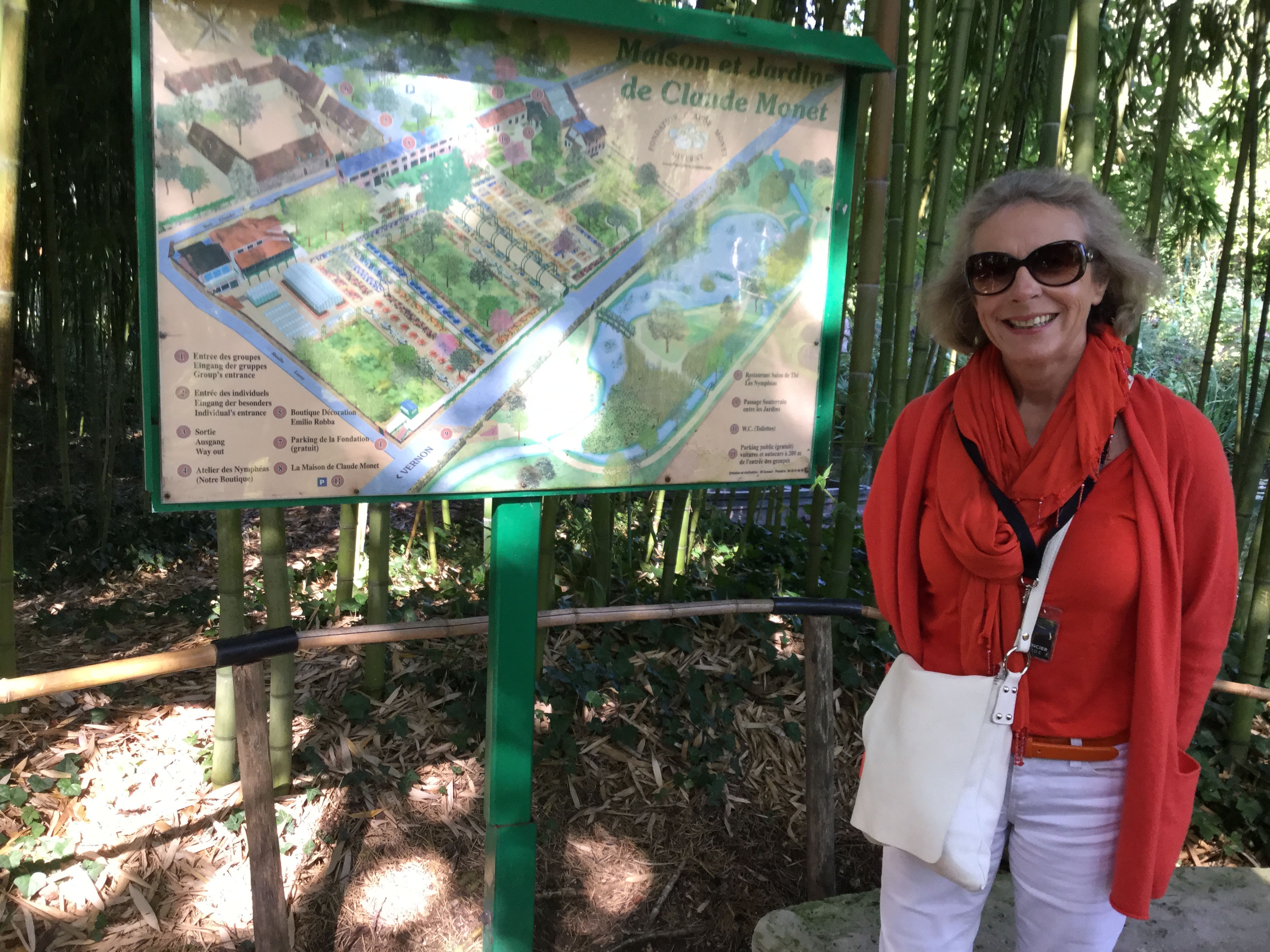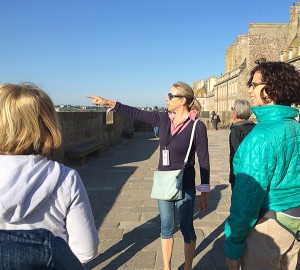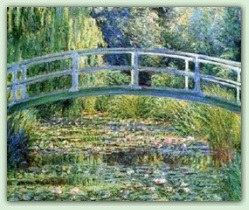September 1st, I picked up a party of 6 at the port of le Havre and drove them to Giverny, to visit the village and Monet’s house and gardens. The weather was beautiful and our timing was good to skip the crowds and take our time in the gardens.
Here are the other 2 photos. We had a lovely day trip with you. The others in our group really enjoyed the day and thanked me for arranging this tour. Jean






